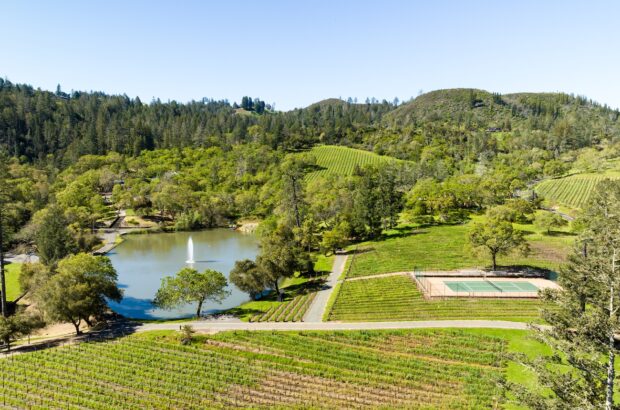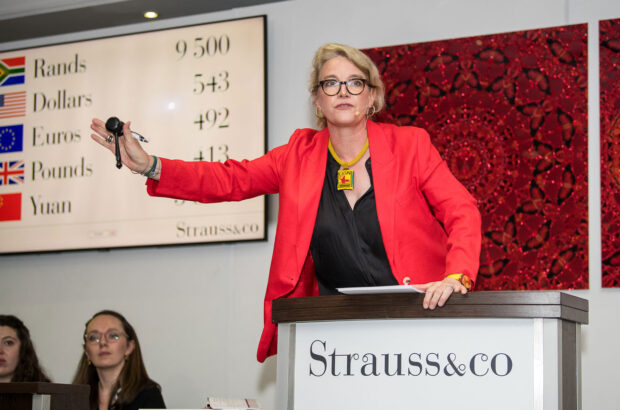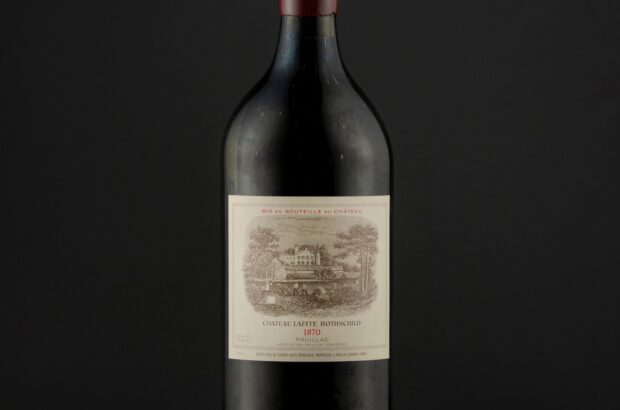While Argentinian Malbec may be stealing the limelight, the best producers in its homeland of Cahors are welcoming in an era of finesse and elegance. Stephen Brook highlights the stars to watch...
Micro-producer Sebastien Cantury, a newcomer to Cahors, is continuously struck by the fact that Cahors is a geological jewel. ‘It has magnificent terroirs and a great grape variety in Malbec,’ he tells me. But that was not the conventional wisdom in the 1990s when I first visited the region. Afterwards I drove to Bordeaux, where my host at a distinguished château drawled: ‘It’s going to be tough for us here now you’ve experienced the great wines of Cahors.
Progress has been swift, and with just a few exceptions the wines remain excellent value, which is more than can be said for a lot of Bordeaux. Jérémy Arnaud, who directs the Union Interprofessionelle du Vin de Cahors and has been energetically promoting Cahors since 2006, says: ‘There have always been some excellent producers here, but today there are 40 estates one can consider leaders, and another 40 that are strong challengers.’
Clearly this growing self-confidence is related to Cahors’ good fortune in sharing a grape variety with fashionable Argentina. Yet the wines are very different. With some exceptions, Argentinian Malbec should be enjoyed young for its exuberant fruit. In Cahors, complex soils and varying altitudes deliver wines of considerable power and structure. Pascal Verhaeghe of Château du Cèdre notes: ‘Power is easy here. It’s finesse that’s difficult.’
The best producers aim for elegance. Malbec will never resemble Pinot Noir, but they are taking their foot off the extraction pedal and allowing the rich fruitiness of Cahors to emerge. The best wines still have huge tannins, but you are scarcely aware of them. By taming the tannins with long ageing, the wines are more accessible than they used to be, but still age extremely well.
Winemakers prize the local soils. There are the terraces flanking the River Lot. Growers identify four terraces. I find it tricky to distinguish between, say, the second and third terraces, although differences in soil structure are certainly evident. Higher up is the limestone plateau, while descending from the plateau are the slopes. These sites were the fist to be abandoned after phylloxera, although a handful are being replanted. Their relative inaccessibility makes this a costly exercise.
One soil type, sidérolithique, is specific to Cahors. It consists of clay and sandstone with a high iron content. La Bérangeraie and Clos Troteligotte are the most eloquent exponents. But the region is too large for any single expression to dominate.
The three-tier system
When Jérémy Arnaud arrived in 2006 to direct the growers’ association, he found that the wines generally fell into three categories. By turning this into an unofficial marketing tool, he has successfully highlighted the variety of styles found in Cahors.
Tradition the basic tier, 70%–85% Malbec, plus Merlot and/or Tannat; mostly unoaked.
Puissants et Gourmands 85%–100% Malbec, often aged in oak, though rarely new. Intenses et Complexes tend to be pure Malbec, aged in oak of various sizes and ages.
Tradition is declining as growers use more Malbec and are able to charge higher prices. The top tier is growing, as each estate is keen to show off its best vines and most sophisticated winemaking skills.
Quality is inconsistent. There are Tradition wines that I rate highly, and some top cuvées that seem overwrought and overpriced.
Argentinian connection
Argentinian Malbec dazzled the world long before Cahors awoke from its slumbers. The irresistible Mendoza fruitiness had an instant appeal. Cahors growers realised they could not replicate this, but could offer a different interpretation of Malbec based on the region’s often exceptional soils. It is dangerous to generalise, but most Argentinian Malbec is crafted to be drunk young for its vibrancy, while Cahors is capable of greater structure and longevity. For their part, the South American producers and their consultants realise that much can be learned from the diversity of Cahors’ often exceptional terroirs. The Mendoza estate of Altos Las Hormigas is working closely with three Cahors properties. Input into the winemaking will be joint, while Las Hormigas takes care of marketing. The first vintage will be in 2014, and renowned Italian oenologists Attilio Paglia and Alberto Antonini are also involved. As the cliché has it, this is likely to prove a win-win situation.
Written by Stephen Brook







